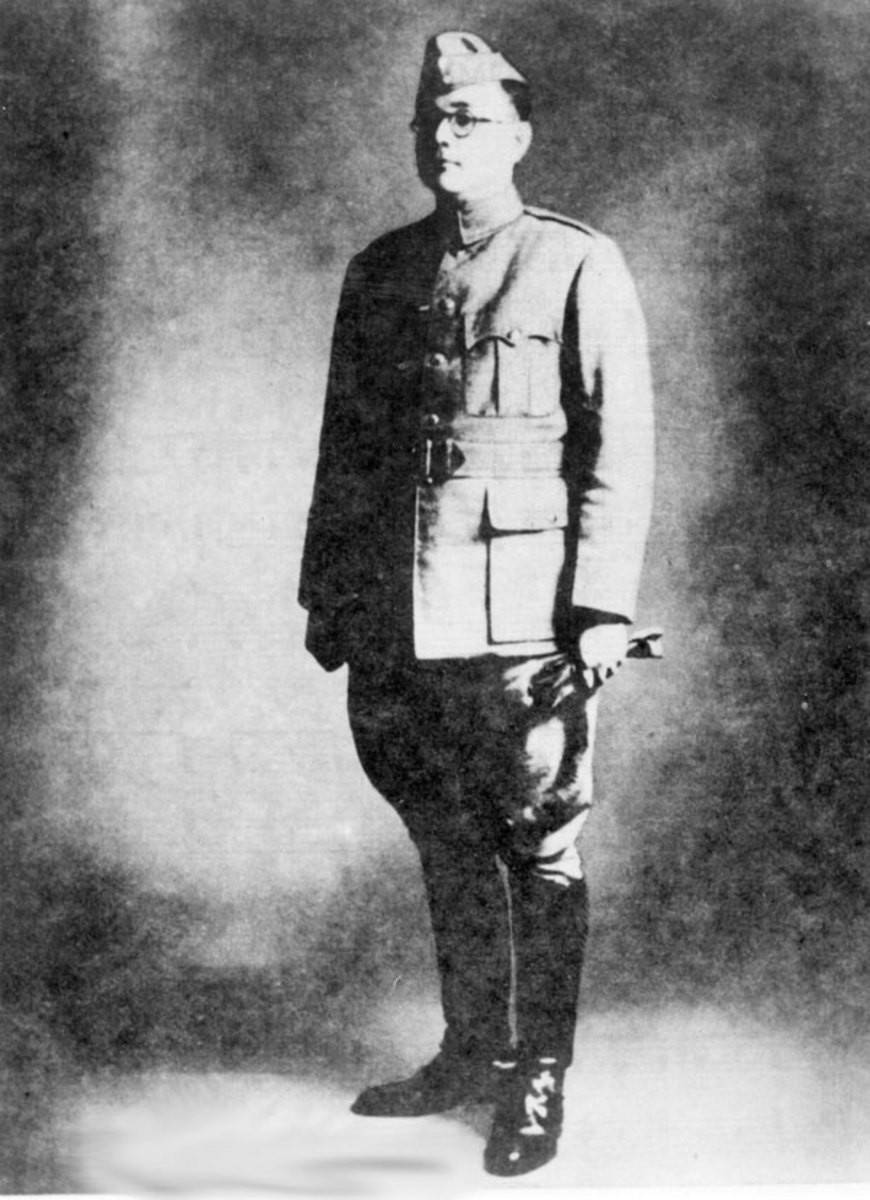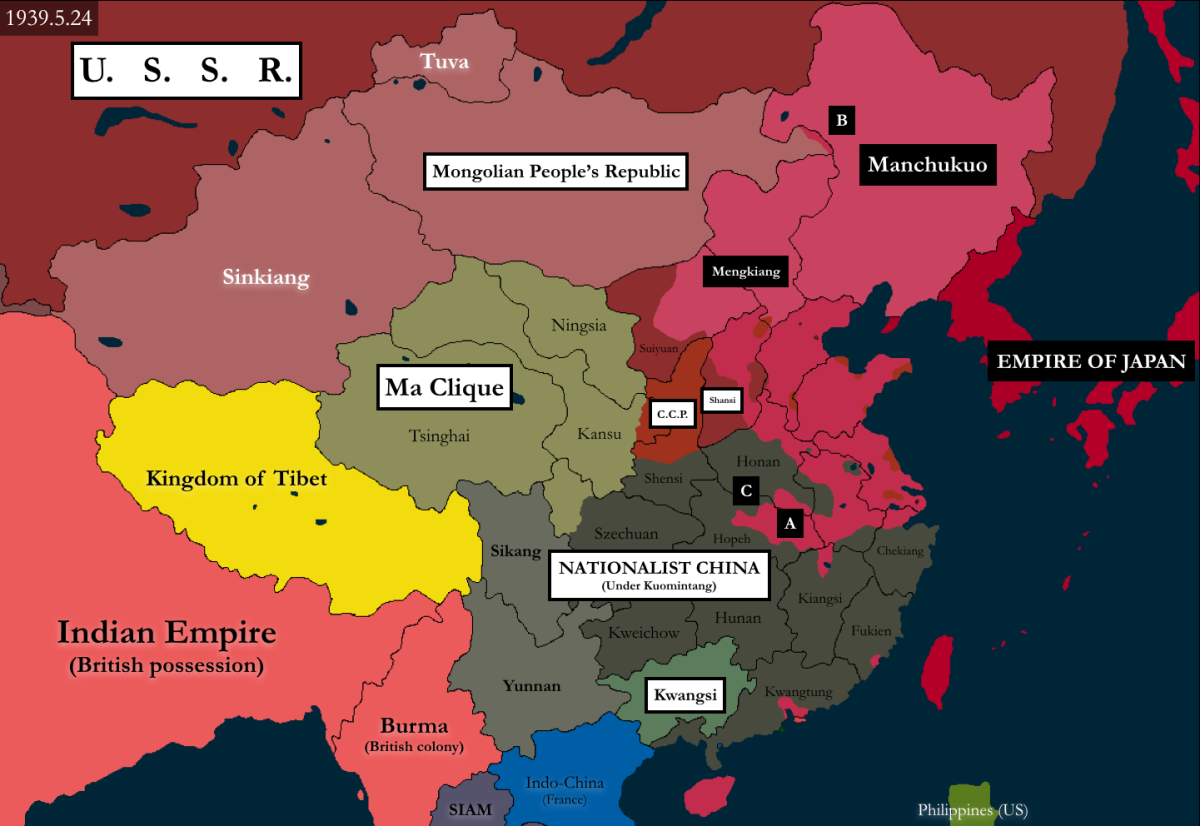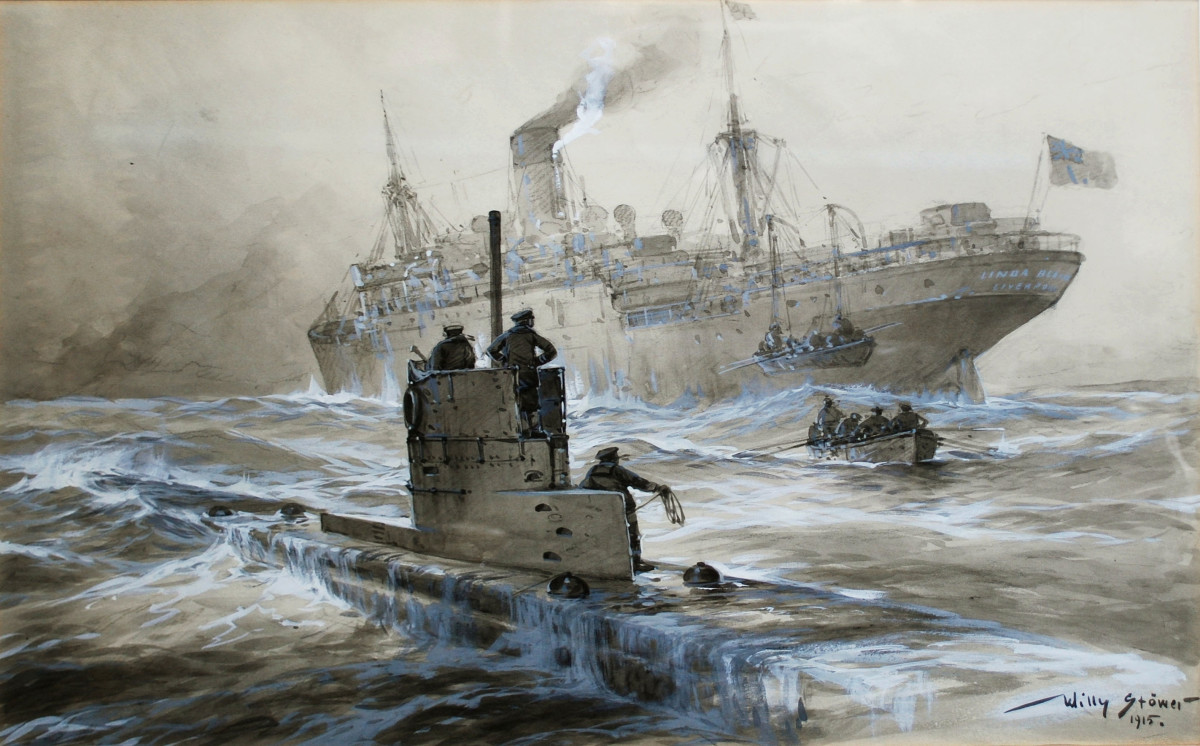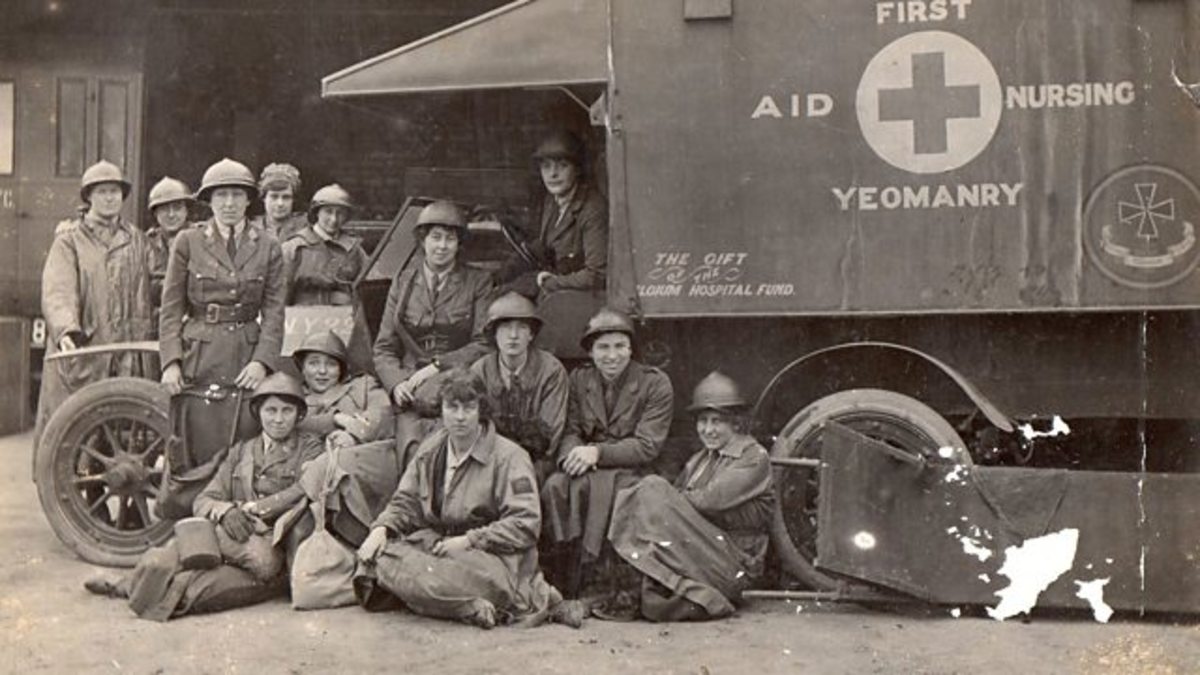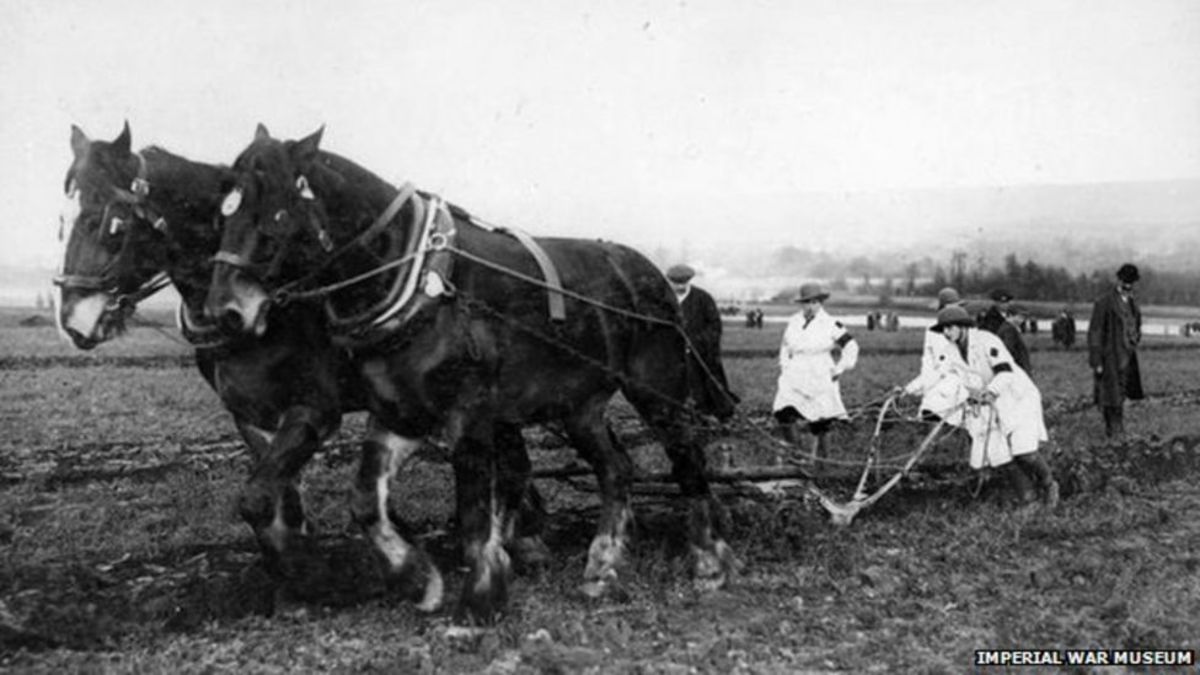- HubPages»
- Education and Science»
- History & Archaeology»
- History of the Modern Era»
- Twentieth Century History
World One War: An Epic Voyage of Destruction...
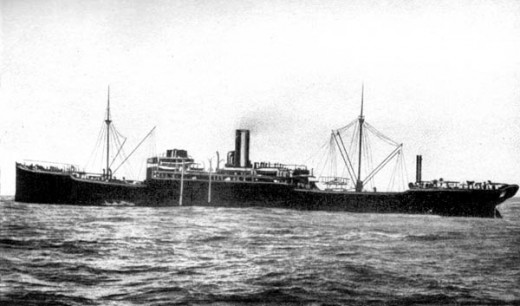
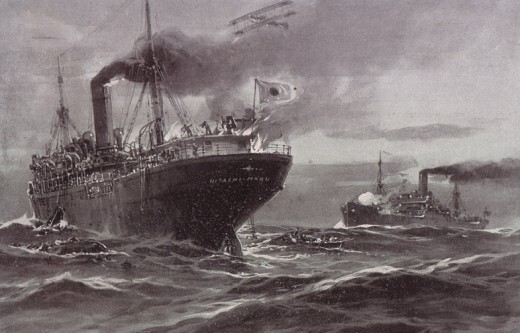
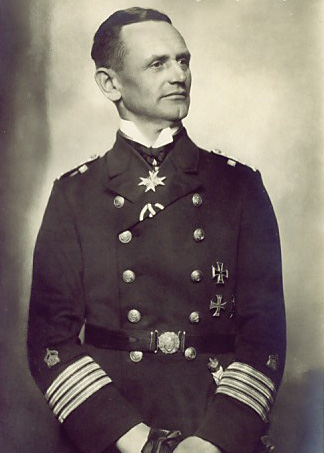

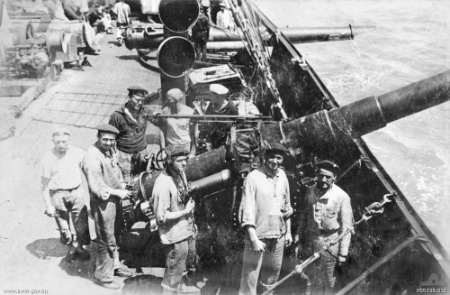
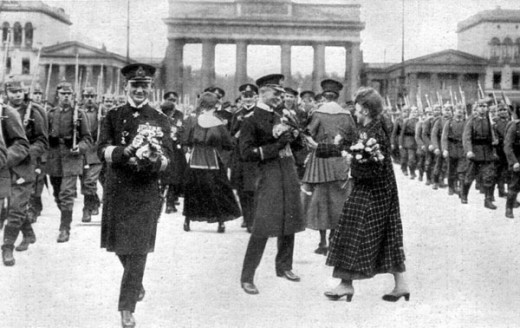
Although the SMS Emden sailed into history as one of Imperial Germany’s greatest surface raiders, the story of the SMS Wolf was just as, if not, more epic than that of the Emden.
SMS Wolf was an Auxiliary Cruiser or armed merchant raider of the Imperial German Navy during World War One.
Sailing from Germany in 1916, the ‘Wolf’ left Germany for the High Seas and an unknown future and sowed a forgotten legend of an epic voyage of destruction.
Designed as a commerce raider, the ‘Wolf’ was equipped with six 15cm (5.9inch) heavy guns, three 5.2cm guns, four 500mm torpedo tubes and 465 mines.
Command of the ‘Wolf’ was under Karl August Nerger, a logical, disciplined and ruthless adversary of the allies.
On the 30th of November 1916 SMS Wolf left the German port of Kiel with a total crew of 348 men. Escorted by U-66 to the Arctic Circle, the ‘Wolf’ passed north of Scotland and then steamed south into history…
Following an arduous sea journey, the ‘Wolf’ arrived at the Cape of Good Hope where Nerger proceeded to lay a minefield in order to sink supply and military vessels.
The ‘Wolf’ then proceeded to pass into the Indian Ocean where she would become a destructive ghost to the allies.
Despite being used as a commerce raider, the ‘Wolf’ had not been designed for speed and the ship could only reach 11 knots. The ships advantages, which cost allied lives and ships, included fake funnels and masts, false sides which kept her weapons hidden and a range of over 32,000 miles due to a coal bunker capacity of 8,000 tons.
Aboard the ‘Wolf’ was ‘Wolfchen’ or (Little Wolf) which was a Friedrichshafen FF.33 two-seater seaplane, which was used for reconnaissance and to locate enemy merchant ships.
Steaming through the Indian Ocean, ‘Wolf’ left a trail of fire and destruction as the number of merchant ships either sunk or captured increased.
Laying mines in the Gulf of Aden, around Indian ports and as far as Australia, the allies struggled blindly against a ship which could not be located.
One reason as to why the ‘Wolf’ was never sighted or cornered as that the ship fed off the supplies from captured vessels. Throughout its entire cruise, the ‘Wolf’ did not once sail into port or harbour. When capturing an enemy vessel and after the remaining crew and vital supplies were transferred to the ‘Wolf’, the German crew then sank the vessels.
In total SMS Wolf destroyed 35 merchant vessels and 2 warships, which totalled over 110,000 tons!
One notable action of the ‘Wolf’s cruise was the battle against the Japanese freighter Hitachi Maru.
The Japanese liner which was carrying supplies and a number of passengers was at the southern end of the Maldives Islands when she was chased by the ‘Wolf’ on the 26th September 1917.
The Japanese vessel was equipped with one gun with which Captain Tominaga ordered to be used against the ‘Wolf’ whilst he sent out distress calls for aid. The defiant Japanese spirit continued until 14 of the Japanese crew had been killed and 6 had been wounded.
Surrendering to Nerger, the Japanese ship lay with her captor for over a month whilst her provisions were stowed aboard the ‘Wolf’. The passengers and remaining crew were transferred to the ‘Wolf’, amongst them Captain Tominaga.
On the 7th of November, when the ‘Wolf’ and Hitachi
Maru reached the Cargados Carajos Islands, the Japanese ship was sunk with
time-delay charges. In respect of the
Japanese Imperial Navy, the cruiser Tsuhima spent the October 1917 searching
for the missing vessel and survivors. Finally
the Japanese Navy concluded that she had been wrecked. Despite Japan’s admonitions, the French
Cruiser D’Estress continued the search.
The SMS Wolf captured in total 14 ships, which totalled 38,391 tons! Laying mines across a number of seas and
oceans, the mines claimed 13 ships which totalled 75,888 tons!
Accompanied by the captured Spanish steamer ‘Igotz Mendi’ the ‘Wolf’ sailed for Germany. The ‘Wolf’ returned to Germany on the 24th February 1918 with 467 prisoners after sailing continually for 451 days
In addition to this sailing record, the ‘Wolf’ carried substantial quantities of rubber, copper, zinc, brass, silk, copra, cocoa and other vital supplies.
It is astonishing to know that without a Naval help of any kind, the SMS ‘Wolf’ made the longest voyage of a warship during World War One.
For his bravery, exploits and determination, Kaptain Nerger was awarded the highest military decoration of the five main states of the German Empire.
For the remainder of World War One, the ‘Wolf’ was deployed to the Baltic Sea and following the war, she was given to France. The terror of the seas in 1917-1918 was finally scrapped by Italy in 1931.
The list below gives details of some of the ships sunk by SMS Wolf.
Turritella , 5,528 tons,
captured on January 27, 1917. Converted to the auxiliary cruiser Iltis ,
scuttled to avoid capture on March 15, 1917.
Jumna , 4,152 tons, captured on March 1, and sunk March 3, 1917.
Wordsworth , 3,509 tons, captured on March 11, and sunk March 18,
1917.
Dee , 1,169 tons, three-mast schooner captured and sunk March 30,
1917.
Wairuna , 3,947 tons, captured on June 2, and sunk June 17, 1917.
Winslow , 567 tons, United States four-mast schooner captured on
June 16, and sunk June 22, 1917.
Beluga , 507 tons, United States steam whaler captured on July 9,
and sunk July 11, 1917.
Encore , 651 tons, United States four-mast schooner captured and
sunk July 17, 1917.
Matunga , 1,618 tons, captured on August 6, and sunk August 26,
1917.
Hitachi Maru , 6,557 tons, Japanese freighter captured on
September 26, and sunk November 7, 1917.
Igotz Mendi , 4,648 tons, Spanish steamer captured on November 10,
1917 and stranded off Skagen, Denmark on February 24, 1918.
John H. Kirby , 1,296 tons, United States schooner captured on
November 30, and sunk December 1, 1917.
Marechal Davout , 2,192 tons, French three-mast barque captured
and sunk December 15, 1917.
Storebror , 2,050 tons, Norwegian four-mast bark captured and sunk
January 4, 1918.
List of ships sunk by mines set by Wolf during the voyage from November 30, 1916 to February 24, 1918. Five other
steamships struck the mines but were not sunk.
Matheran , 7,654 tons, sunk January 26, 1917, off Cape of Good
Hope.
Cilicia , 3,750 tons, sunk February 12, 1917, off Cape of Good
Hope.
Worcestershire , 7,175 tons, sunk February 17, 1917, off Colombo,
British India.
Perseus , 6,728 tons, sunk February 21, 1917, off Colombo.
C. de Eizaguirre , 4,376 tons, Spanish steamship sunk May 26,
1917, off Cape of Good Hope.
Unkai Maru , 2,143 tons, Japanese steamship sunk June 16, 1917,
off Bombay, British India.
Mongolia , 9,505 tons, sunk June 24, 1917, off Bombay.
Wimmera , 3,622 tons, sunk June 26, 1917, off Cape Farewell, New
Zealand.
Croxteth Hall , 5,872 tons, struck a mine July 6, 1917, off
Bombay. Sank July 11 while being towed to Bombay.
Cumberland , 9,471 tons, sunk July 6, 1917, in the Tasman Sea.
Okhla , 5,288 tons, sunk July 29, 1917, off Bombay.
City of Athens , 5,604 tons, sunk August 10, 1917, off Cape of
Good Hope.
Port Kembla , 4,700 tons, sunk September 18, 1917, in the Cook
Strait, New Zealand.
RESERVE YOUR FREE COPY OF DUGOUT WW1 at the links below to get access to pictures, videos, articles and much much more about WW1


